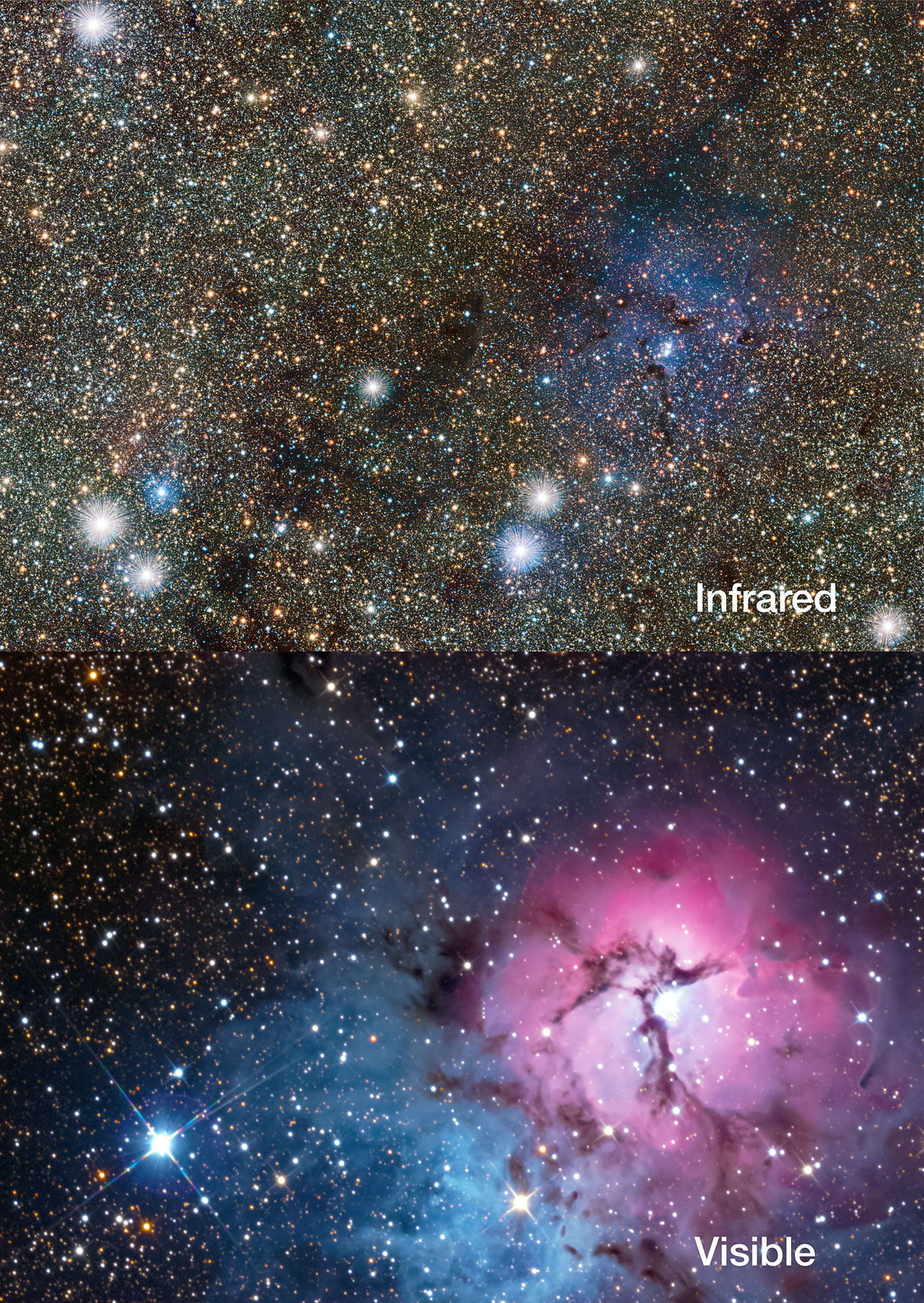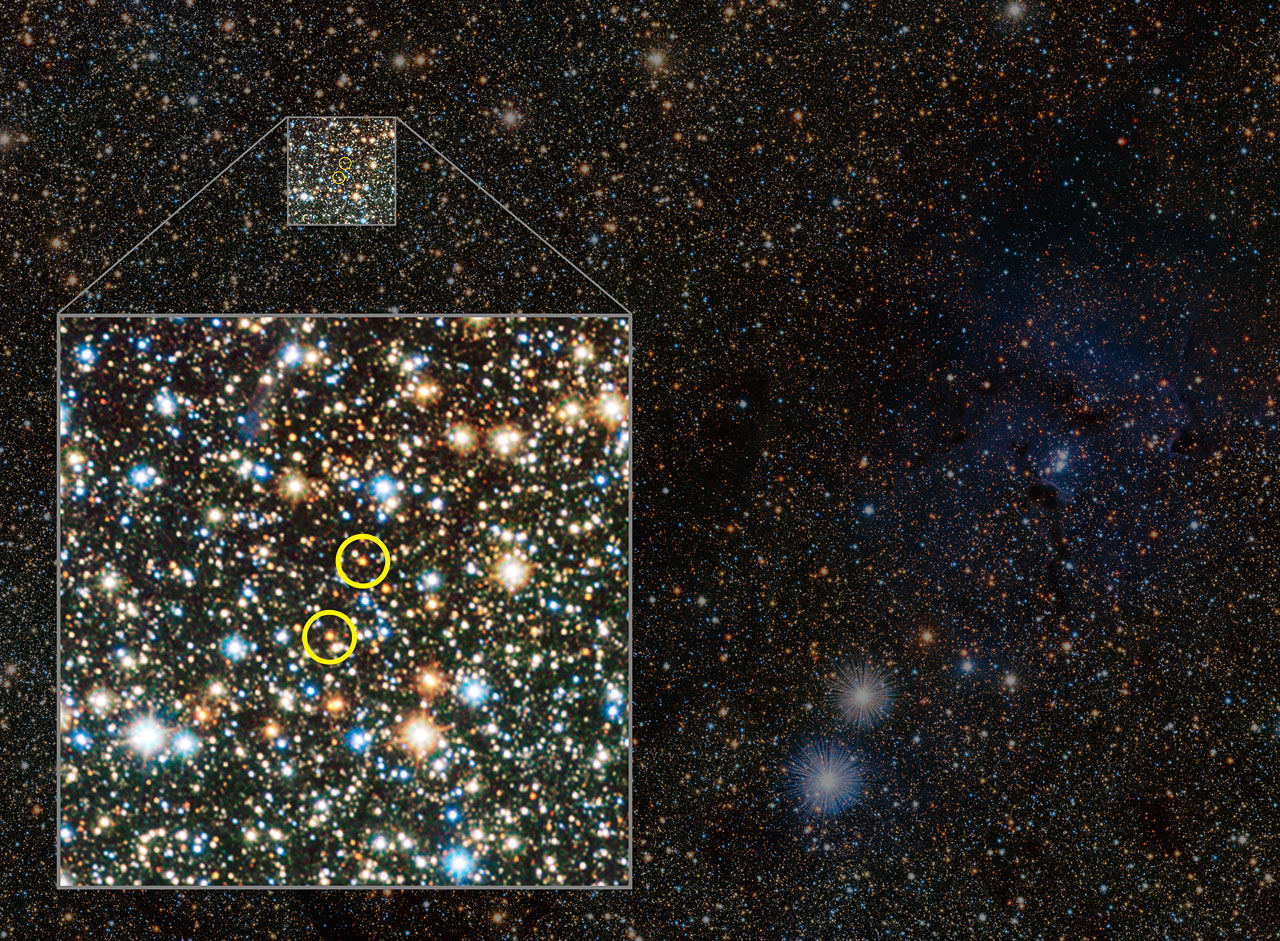VISTA VVV survey of the central parts of the Milky Way
The powerful Vista telescope has managed to capture a detailed image of a previously hidden nebula by using infrared technology, and it’s pretty cool.
Constantly having to negotiate through murky views, the parts of space that organisations such as US space agency NASA and the European Space Agency (ESA) try to capture on camera are often hidden.
Other stars, space dust and asteroid fields all play a part in hiding some truly magnificent photograph opportunities but the ever-improving technology used by these organisations means we are blessed with daily updates, weekly improvements and genuinely stunning advancements.
A better view
And with that, the Vista telescope is one of the European Southern Observatory’s (ESO) more powerful photography aids, based at the Paranal Observatory in Chile.
Today it has peered right through the Milky Way, capturing far more clear imagery of the Trifid Nebula than ever before and finding two unknown and very distant Cepheid variable stars that lie almost directly behind it.
As part of a major survey of the Milky Way, Vista is actually mapping the whole section of space and revisiting it many times over, to investigate any movements in stars over time.
More familiar pictures of the Trifid show it in visible light, where it glows brightly in both the pink emission from ionised hydrogen and the blue haze of scattered light from hot young stars. Huge clouds of light-absorbing dust are also prominent.
“But the view in the VISTA infrared picture is very different,” explains the ESO, noting the nebula’s ghost-like appearance.
“The dust clouds are far less prominent and the bright glow from the hydrogen clouds is barely visible at all. The three-part structure is almost invisible.”

This picture compares a new view of the Trifid Nebula in infrared light, from the VVV VISTA survey (top) with a more familiar visible-light view from a small telescope (bottom).
The upshot of this view is, by ‘hiding’ the dust clouds, Vista can see far beyond the Trifid and capture a view of two variable stars, which are in fact seven times further than the nebula itself.

This closeup shows the two newly discovered stars which appear as part of this nebula but are in fact seven times further away. All images via ESO/VVV consortium/D. Minniti